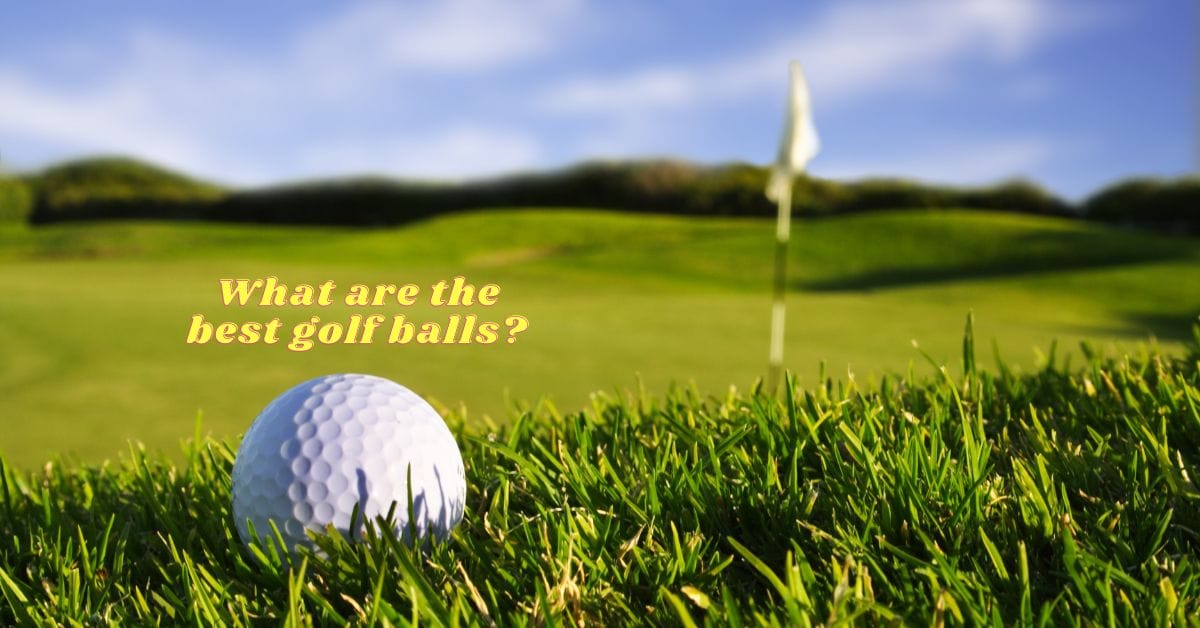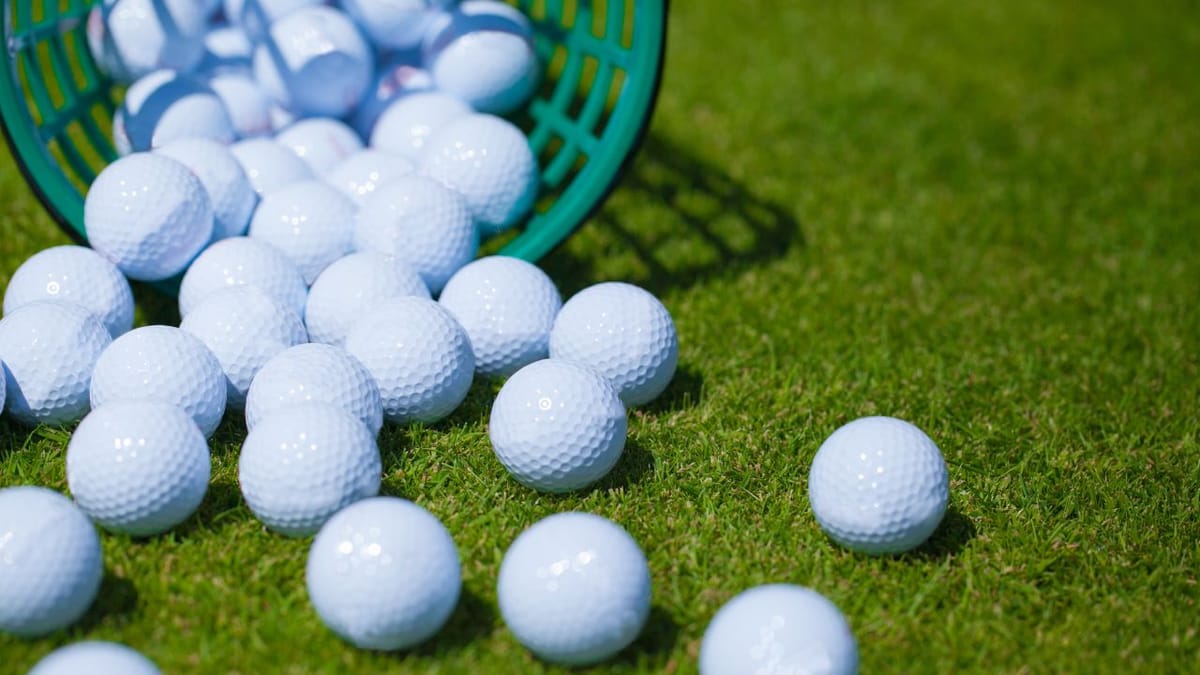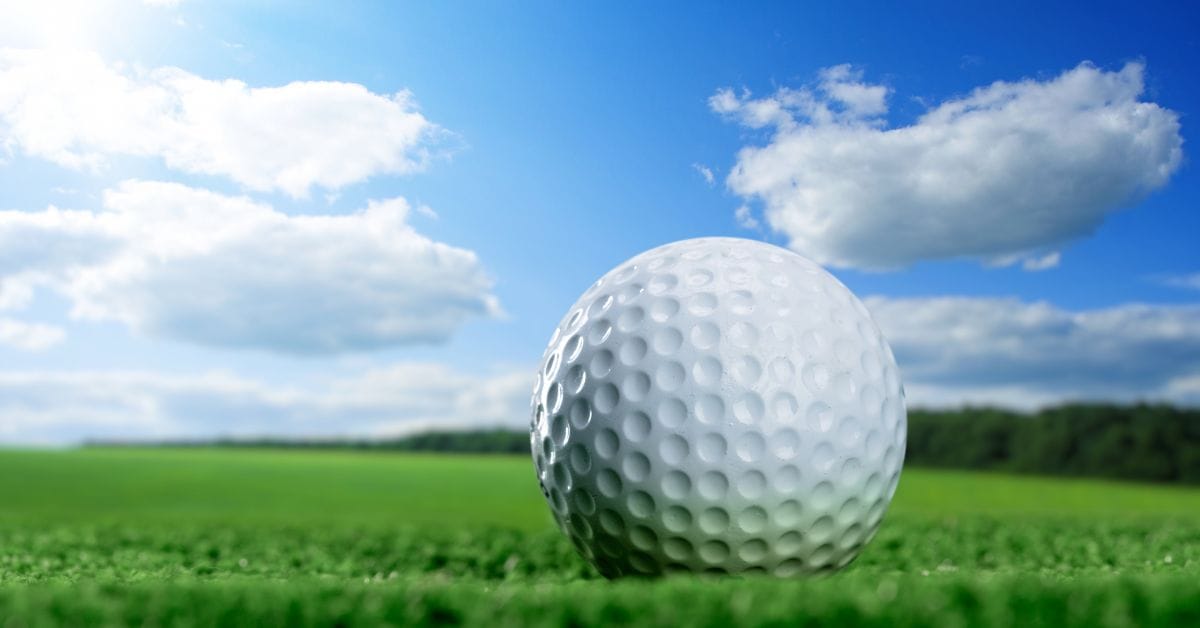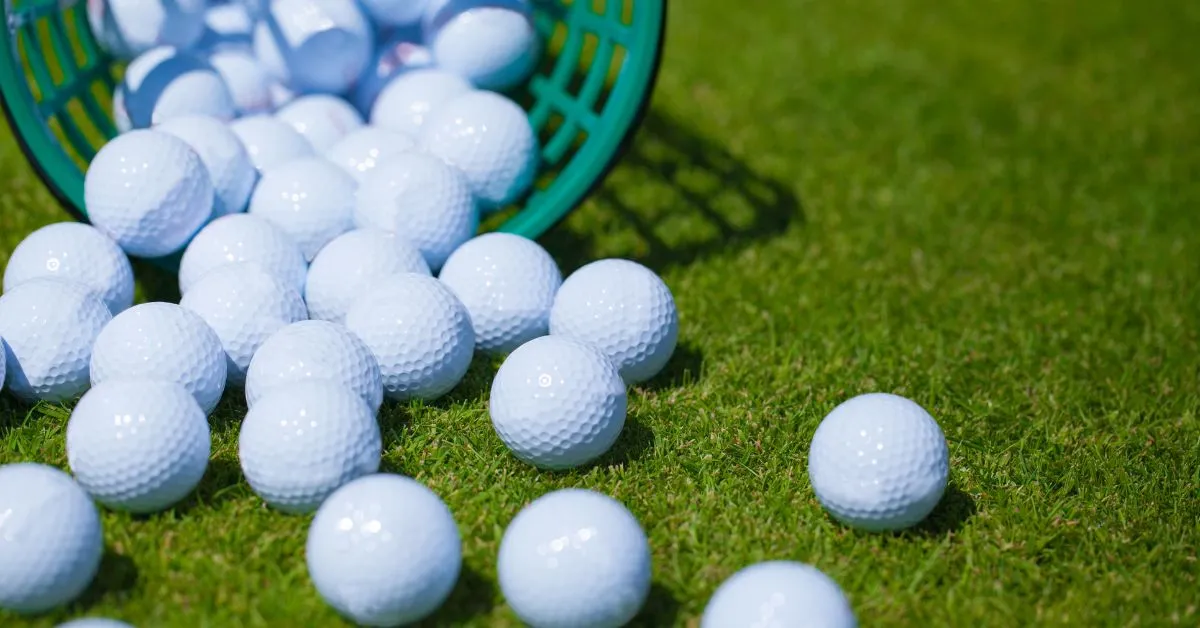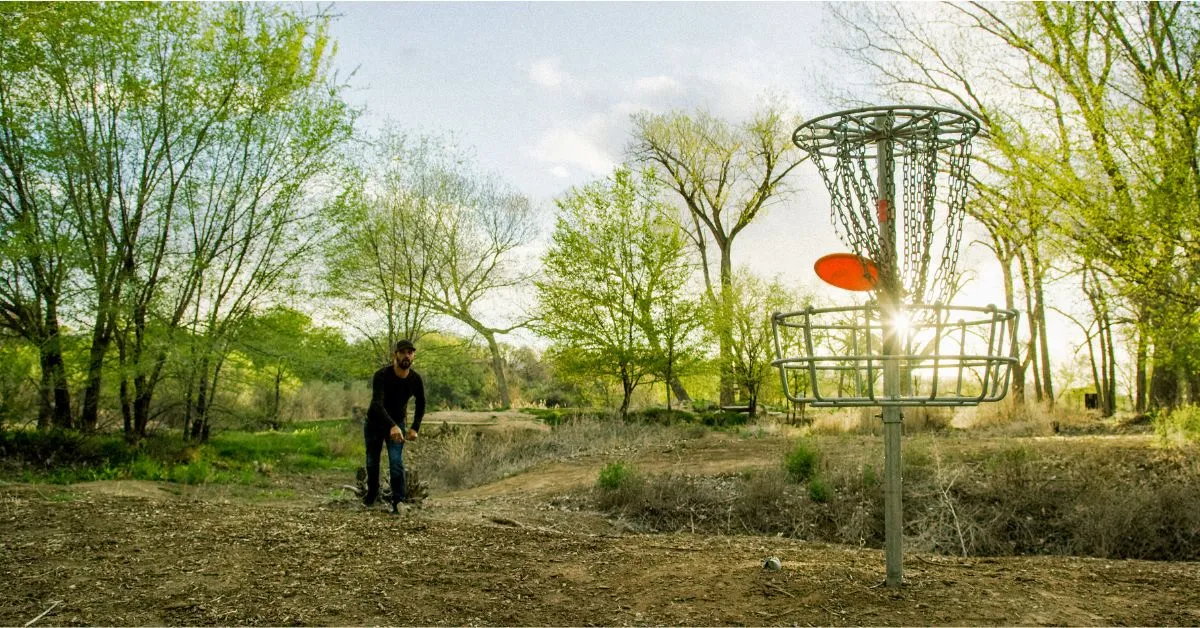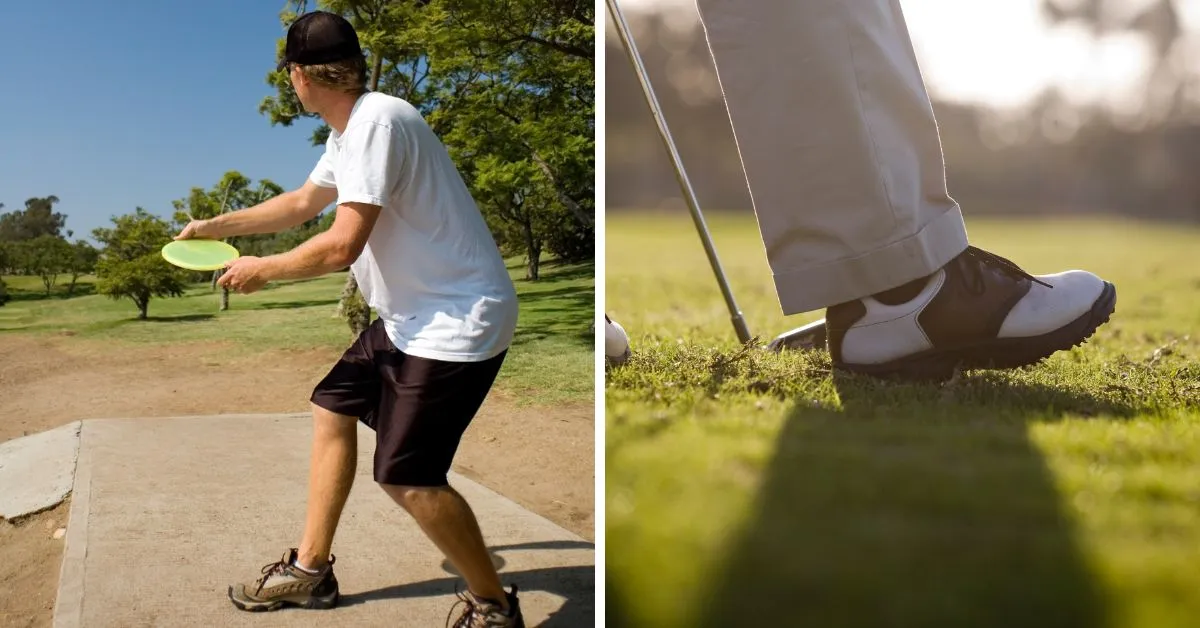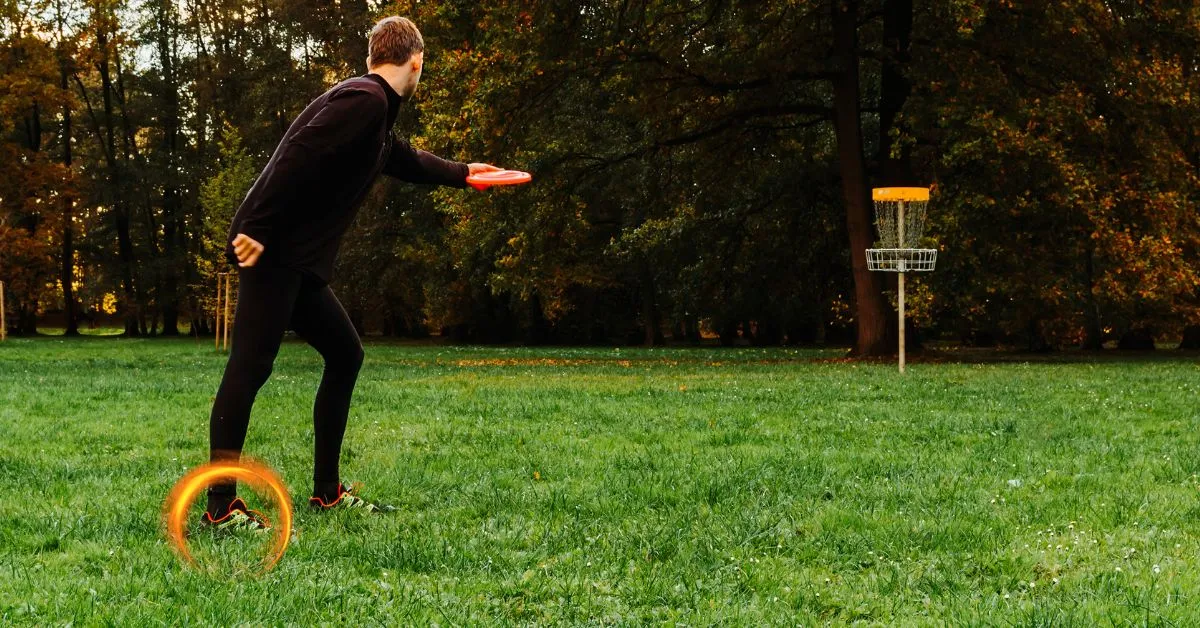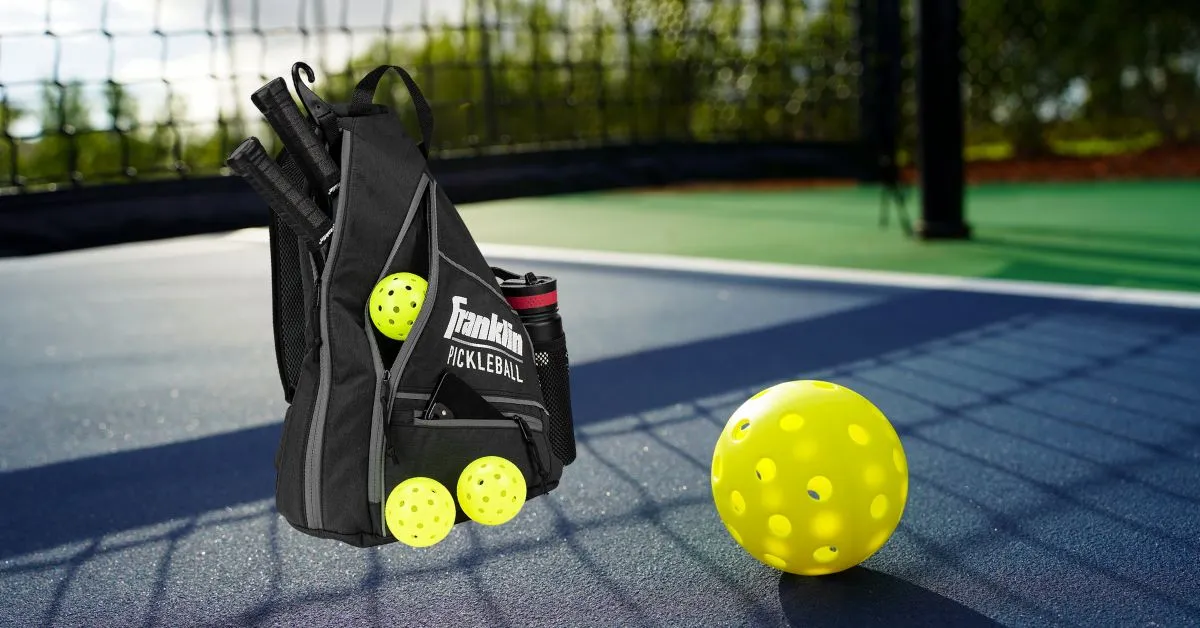Table of Contents
Golf is a game of precision, skill, and the right equipment. For amateur golfers, choosing the best golf balls can be as crucial as selecting the right clubs. This comprehensive guide is designed to help you navigate the vast array of golf ball options and find the perfect match for your game.
Key Takeaways:
- Understanding the importance of selecting the right golf ball for your skill level and swing speed can significantly improve your game.
- Features such as ball construction, compression, and cover material play a pivotal role in the performance of golf balls on the course.
- Testing different golf ball models is essential to determine which ball performs best for your individual style and needs.
With detailed and rigorous research, we provide our readers with the finest recommendations. Our recommendations are our opinions. Our cause is backed by reader support- for every click made through one of our affiliates links, a commission may be earned at no extra expense to you! As an Amazon Associate, Reviewsopedia may earn a commission from qualifying purchases. Thank you and enjoy!
The Importance of the Right Golf Ball
Choosing the right golf ball is a critical decision for any golfer, especially for amateurs looking to improve their game. The perfect golf ball can make a significant difference in distance, control, and overall performance. With so many golf balls on the market, it's essential to understand the characteristics that match your playing style.
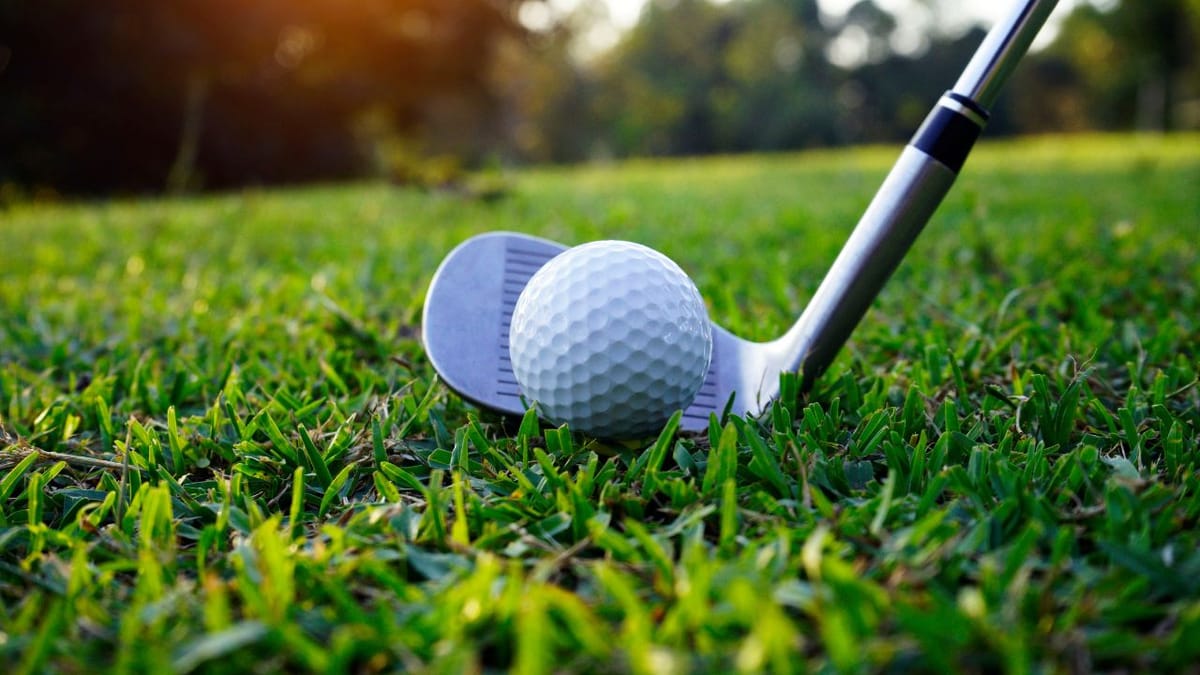
Swing Speed and Ball Selection
Swing speed is a determining factor when selecting golf balls. Amateurs with slower swing speeds should opt for balls designed to maximize distance and improve ball flight. Conversely, those with faster swing speeds may benefit from a lower spinning ball that offers more control and a softer feeling around the greens.
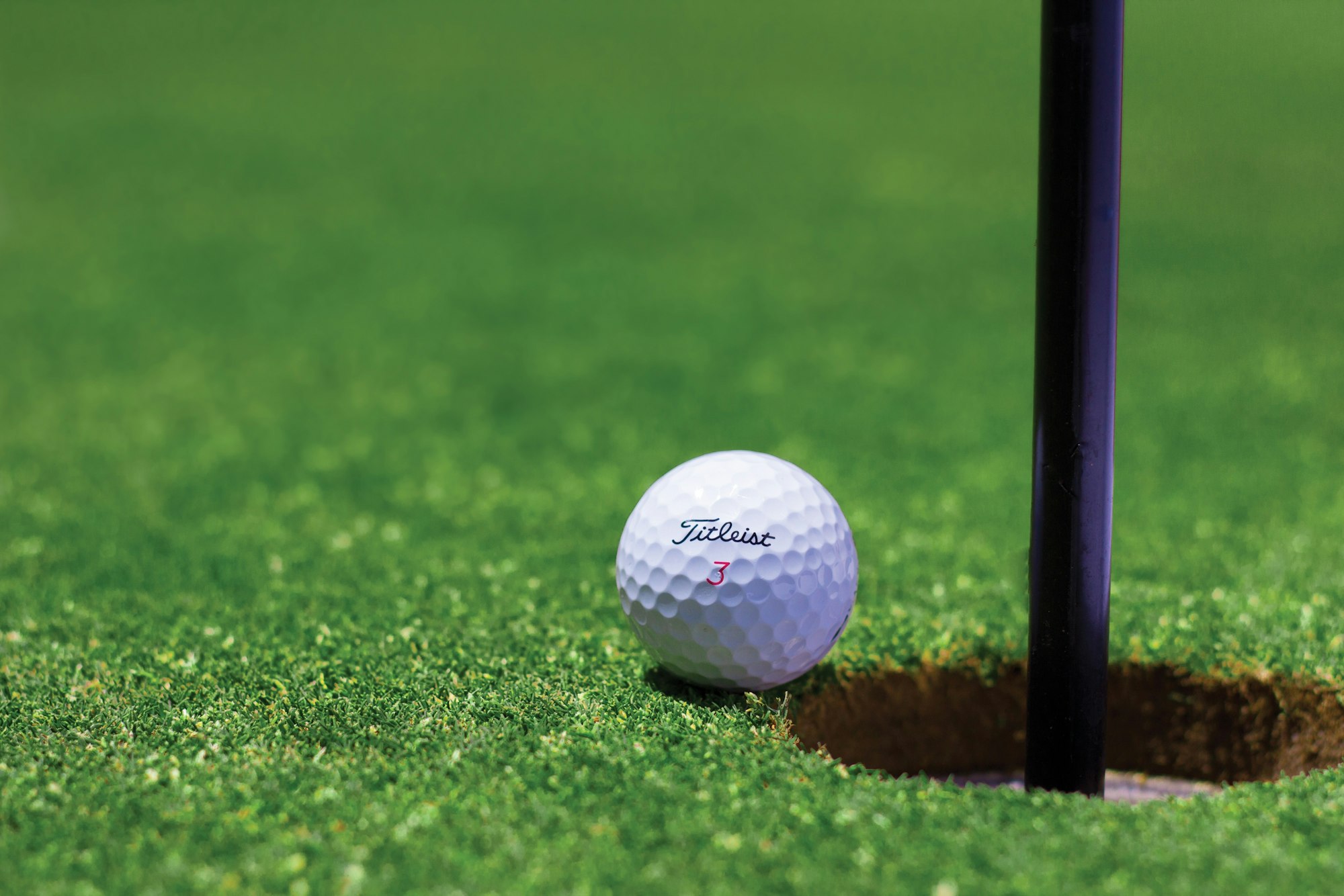
Golf Ball Construction and Performance
Golf ball construction is a complex science that impacts how the ball performs. Multi-layered balls, often referred to as premium golf balls, offer a combination of distance, spin control, and durability. Understanding the layers and materials used can help you choose the best balls for your game.
Compression: Soft vs. Firm
Compression is a measure of the deflection a golf ball undergoes when struck. Softer golf balls, with lower compression, are generally better for players with slow swing speeds, as they can help increase ball speed. Firmer balls, on the other hand, are suited for golfers with high swing speeds, providing better feedback and control.
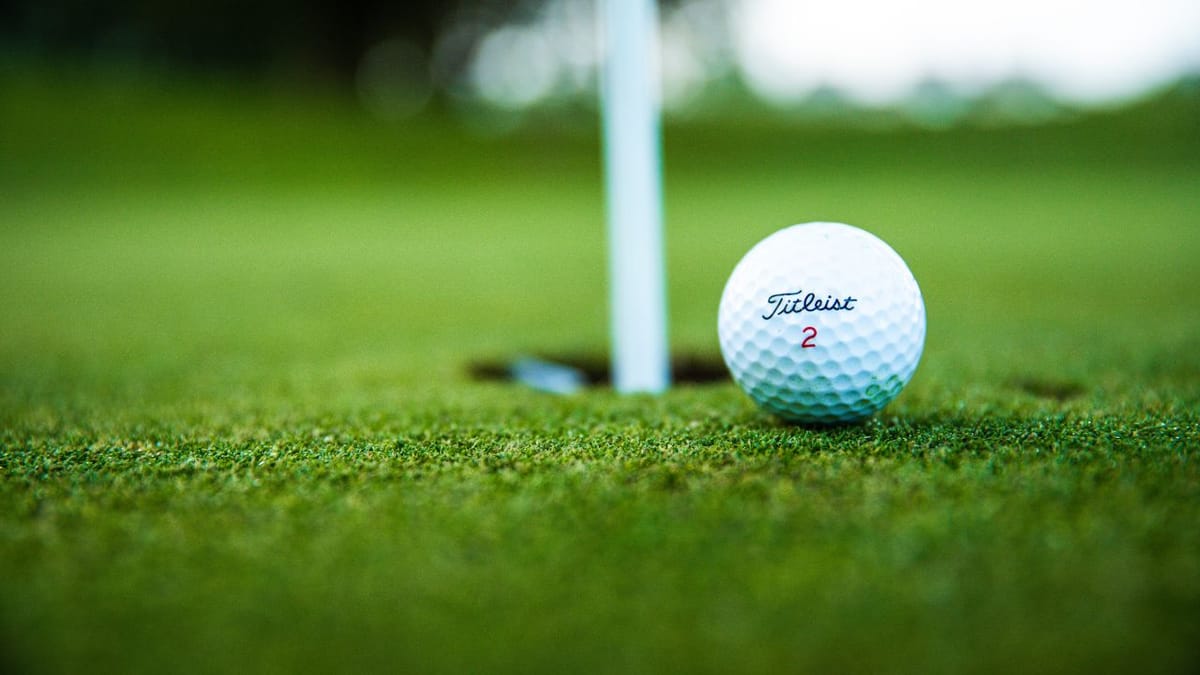
Cover Material: Urethane vs. Surlyn
The cover material of a golf ball can influence its feel and spin characteristics. Urethane covers, typically found on tour balls, offer excellent greenside spin and control. Surlyn covers are more durable and provide impressive distance, making them a great choice for the average golfer.
Spin: Low, Mid, and High
Spin rates can affect the trajectory and stability of your ball flight. Low-spinning balls tend to reduce hooks and slices, offering straighter flight and more distance off the tee. Mid-spin balls provide a balance between distance and control, while high-spin balls offer more greenside control but may sacrifice some driver distance.
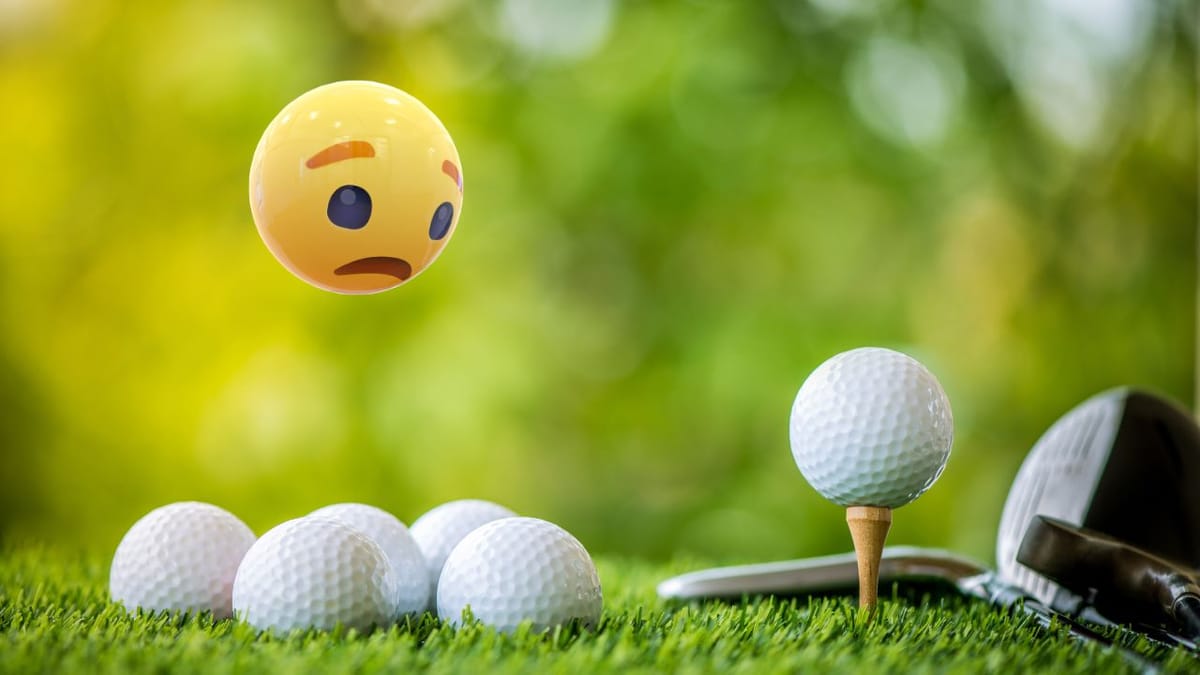
Distance Golf Balls for Amateurs
Distance golf balls are engineered to provide maximum carry and roll, which is particularly beneficial for golfers with moderate swing speeds. These balls are designed to have a high launch angle and low spin to maximize distance off the tee.
Soft Golf Balls for Enhanced Feel
Soft golf balls offer a softer feel and are often preferred by players who prioritize control around the greens. These balls typically feature a lower compression core and a soft cover material, which can help many golfers improve their short game.
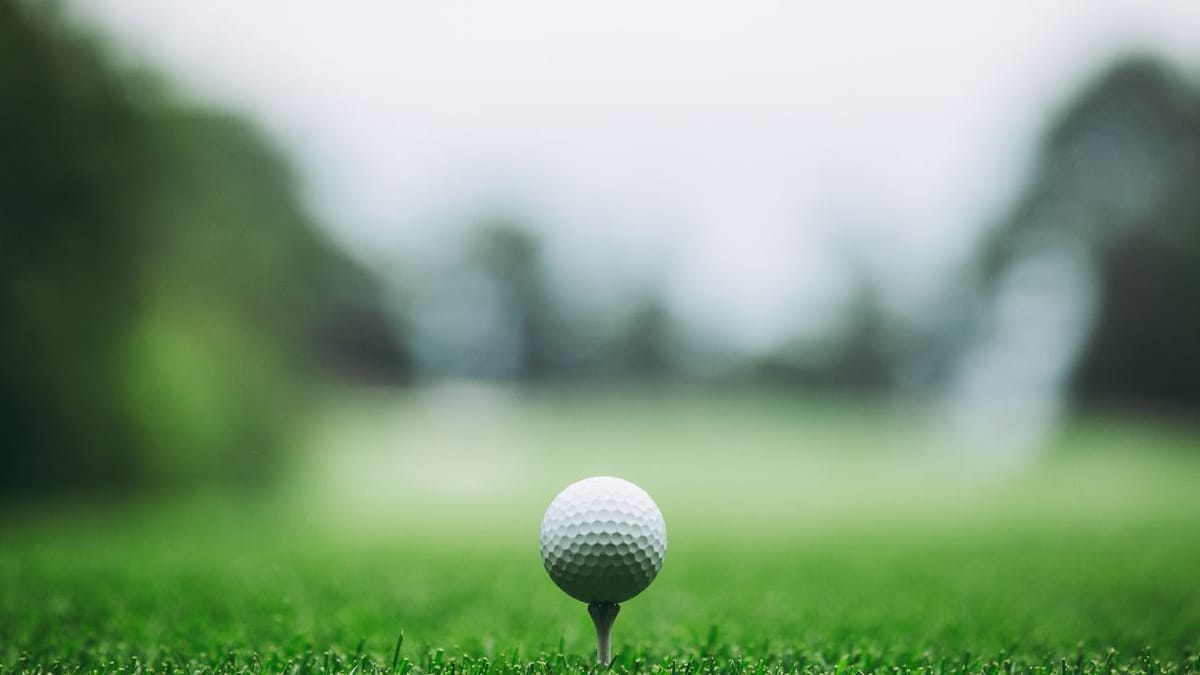
Bridgestone Balls for Amateur Golfers
Bridgestone offers a range of golf balls that cater to different swing speeds and preferences. Their e6 series, for example, is designed with an oversized power core and soft cover to provide a soft feel and long game distance for amateur players. Customizing Golf Balls for Medium Swing Speeds
When discussing the best golf ball for players with medium swing speeds, customization is key. Golfers with moderate swing speeds often find themselves in a sweet spot, able to benefit from a variety of ball types. A medium swing speed typically ranges from 85 to 105 mph, and the best ball for these players is one that offers a balance between distance and control. Softer balls can provide a better feel and more spin, which can help in shaping shots and achieving better control on the greens. However, it's important to ensure that the ball still offers enough resilience to maximize distance off the tee.
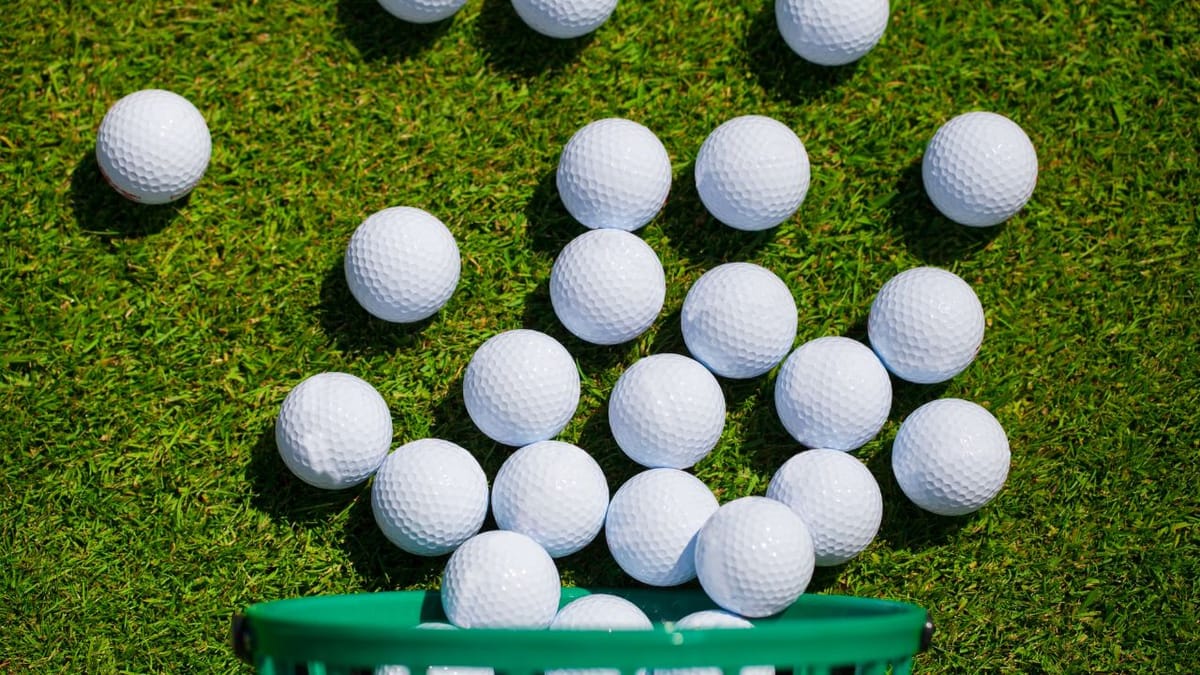
Ball testing for those with medium swing speeds can reveal surprising insights into their golf game. It's not uncommon for amateur golfers to overlook the importance of using the right ball that complements their swing speed. By engaging in ball testing, players can identify which balls provide the optimal performance for their specific swing characteristics. For instance, a softer feeling ball might offer more control and a pleasant feel, but if it compromises distance, a slightly firmer ball might be a better match. Golfers should look for balls that provide a good mix of high spin for short games and enough compression to carry the ball further, enhancing their overall game.

Advancements in Golf Ball Materials
The evolution of golf ball materials has been a game-changer for players at all levels. The slide ring material, a recent innovation in golf ball design, is a prime example. This technology involves a sliding ring around the core of the ball, which can help to reduce spin on long shots, leading to straighter drives. For players with high swing speeds, this can mean less slice or hook on their shots, while those with low swing speeds can enjoy increased distance. The slide ring material is just one of the many advancements that manufacturers are using to create the best golf ball for every type of player.
In addition to the slide ring material, the development of more durable balls has also been significant. Durability doesn't just mean that the ball can withstand a few rounds of play; it also refers to the ball's ability to maintain its performance characteristics over time. Durable balls often feature a robust cover material, such as urethane or Surlyn, which not only withstands the force of high-speed impacts but also provides consistent performance. This means that the ball will continue to offer the same level of spin, feel, and distance even after multiple rounds, making it a cost-effective choice for regular players. The best ball for any golfer should offer a combination of performance and durability to ensure a lasting golf game experience.
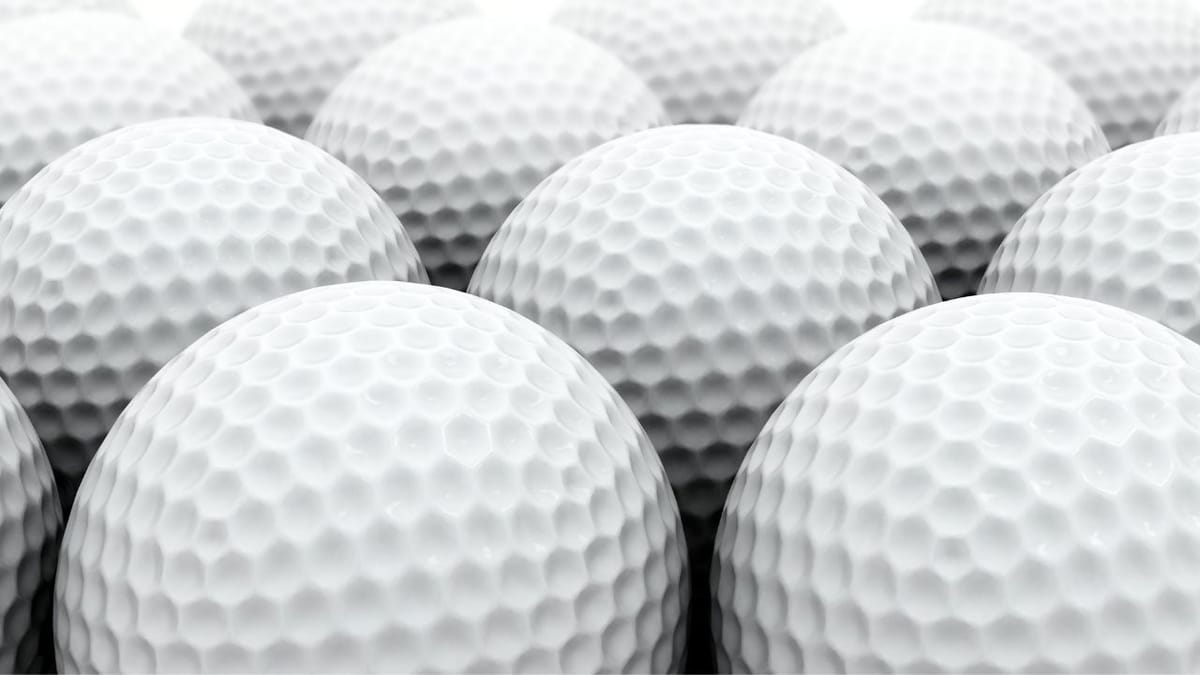
Titleist's Tour Soft: A Popular Choice
Titleist's Tour Soft golf ball is a popular choice among amateurs due to its impressive distance and soft feel. It features a large core and a thin cover that provides excellent spin control and a consistent ball flight.
Callaway's Chrome Soft for All-Around Performance
The Callaway Chrome Soft is a premium golf ball that offers a great balance of distance, control, and feel. It features a Dual SoftFast Core and a urethane cover with spin skin technology, making it a perfect ball for golfers with different swing speeds.
Srixon Balls with Spin Skin Technology
Srixon golf balls are known for their spin skin technology, which enhances greenside spin without sacrificing distance. Their Q-Star Tour series is a great ball for amateurs seeking tour-level performance without the premium price tag.
Tailoring Ball Choice to Your Game
Every golfer's swing is unique, and so are their golf ball needs. Testing different golf ball models on the course is the best way to determine which ball aligns with your playing style and helps you achieve the best results.

The Role of Alignment and Visibility
Some golf balls come with an alignment line or markings to aid in putting. Visibility features like bright colors can also help you track the ball in flight and locate it on the course. These elements can be particularly helpful for amateurs looking to improve their accuracy and scoring.
Budget-Friendly Golf Ball Options
While premium golf balls offer top-notch performance, there are also many budget-friendly options that provide good quality without breaking the bank. A dozen balls from lesser-known brands can still offer durability, distance, and a soft feel suitable for amateur play.
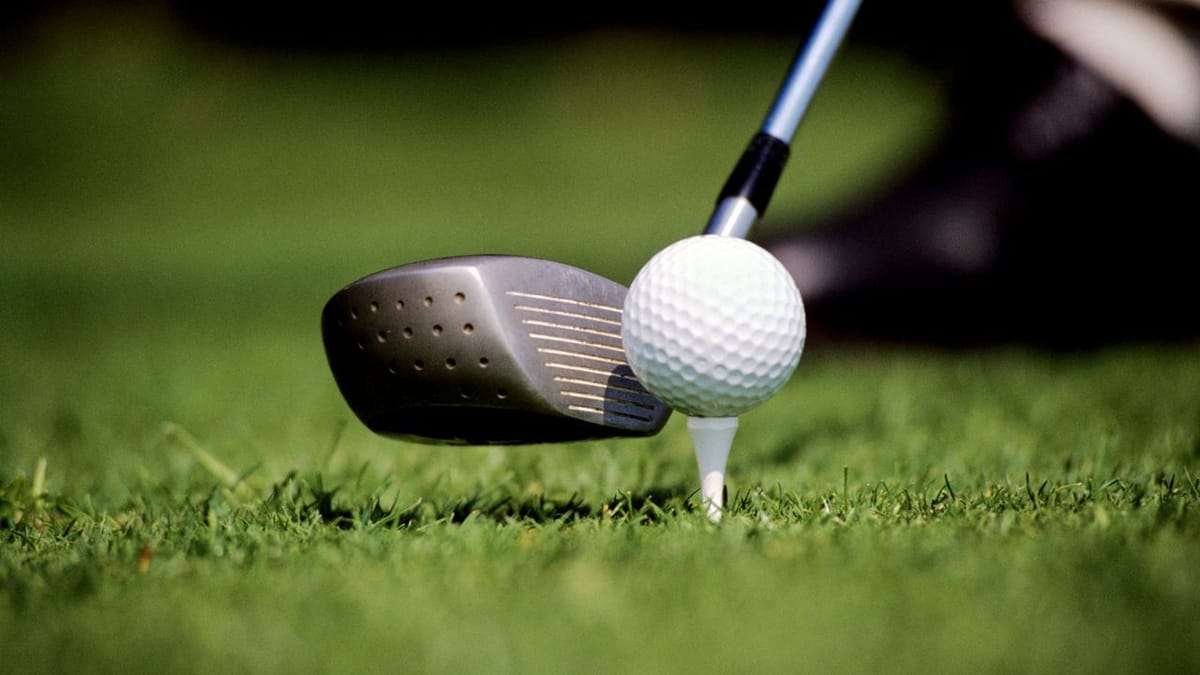
When to Replace Your Golf Balls
Golf balls can lose their effectiveness over time due to wear and tear. It's important to know when to replace your golf balls to ensure consistent performance. As a rule of thumb, inspect your balls regularly and consider replacing them if you notice significant scuffs or loss of surface integrity.
Golf Ball Fitting Sessions
Some golf courses and retailers offer golf ball fitting sessions, where experts can help you test golf balls and analyze your swing to recommend the best options. Taking advantage of these services can be a game-changer in finding the right ball for your skill level and preferences.
The Impact of Weather Conditions
Weather conditions can affect how a golf ball performs. For example, colder temperatures can reduce ball compression, affecting distance and feel. It's worth considering the typical weather conditions you play in when selecting the right golf balls for your game.
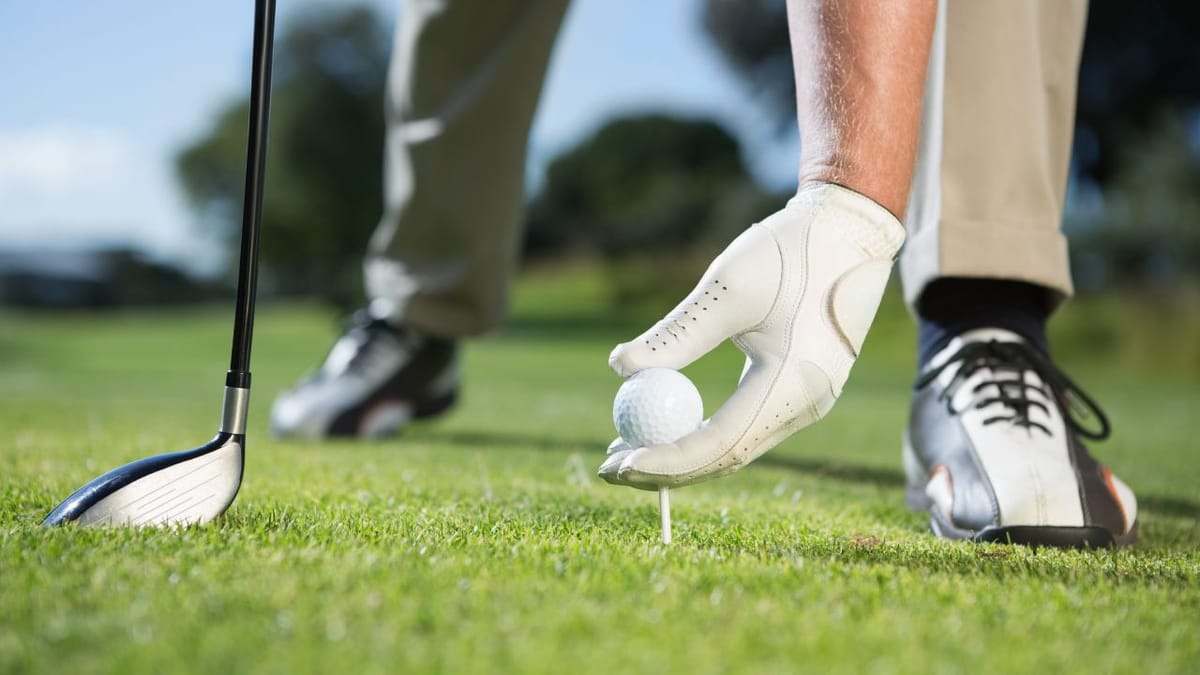
Summary
Selecting the best golf balls for amateurs is a nuanced process that requires consideration of swing speed, ball construction, compression, cover material, and personal preferences. By understanding these factors and testing various golf ball models, amateur golfers can find the perfect match to enhance their game. Remember, the right ball can make a significant difference in your performance on the golf course.
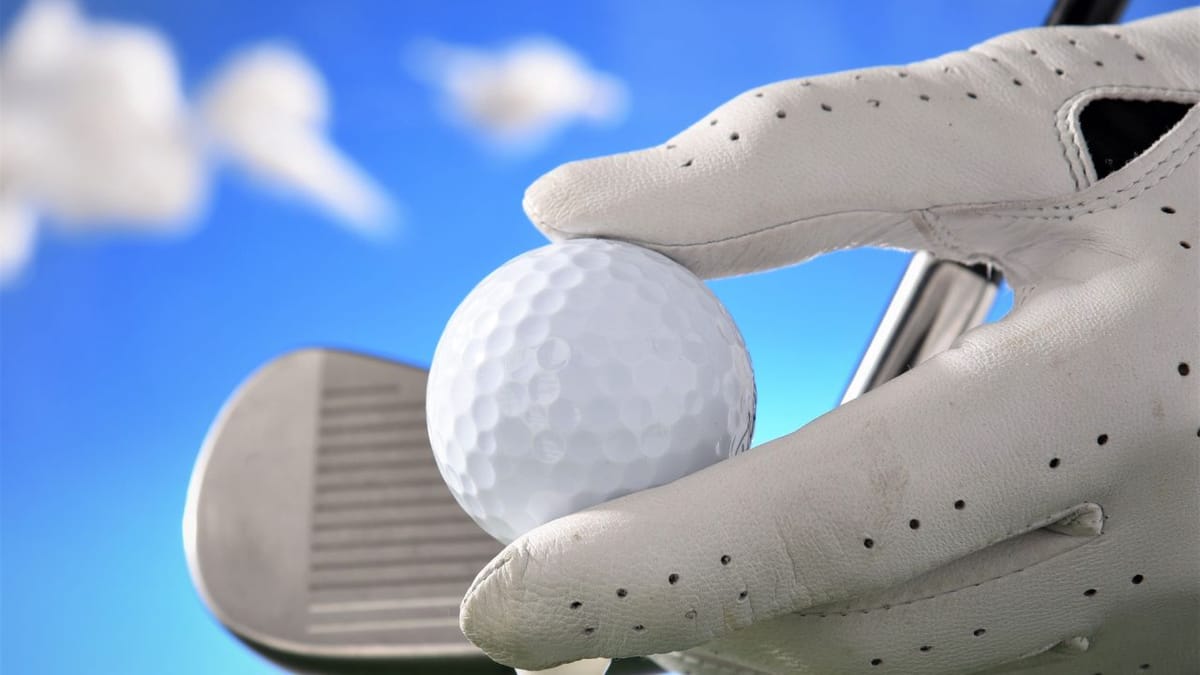
FAQ Section
How do I know if a golf ball is right for my swing speed?
Golf balls are often categorized by the swing speed they are designed for. If you have a slower swing speed, look for balls labeled as "soft" or "low compression." For faster swing speeds, "high compression" or "tour" balls may be more appropriate. Testing different balls and observing their performance can also help you determine the right fit.
Can the type of golf ball I use really improve my game?
Absolutely. The right golf ball can improve your distance, control, and feel on the course. It can also complement your swing characteristics and help you achieve a more consistent ball flight.
How often should I replace my golf balls?
The lifespan of a golf ball can vary depending on its quality and how often it's used. As a general guideline, if you notice significant wear, such as cuts or loss of the cover material, it's time to replace the ball. Frequent golfers might consider replacing their balls more regularly to maintain optimal performance.
Other Related Articles
